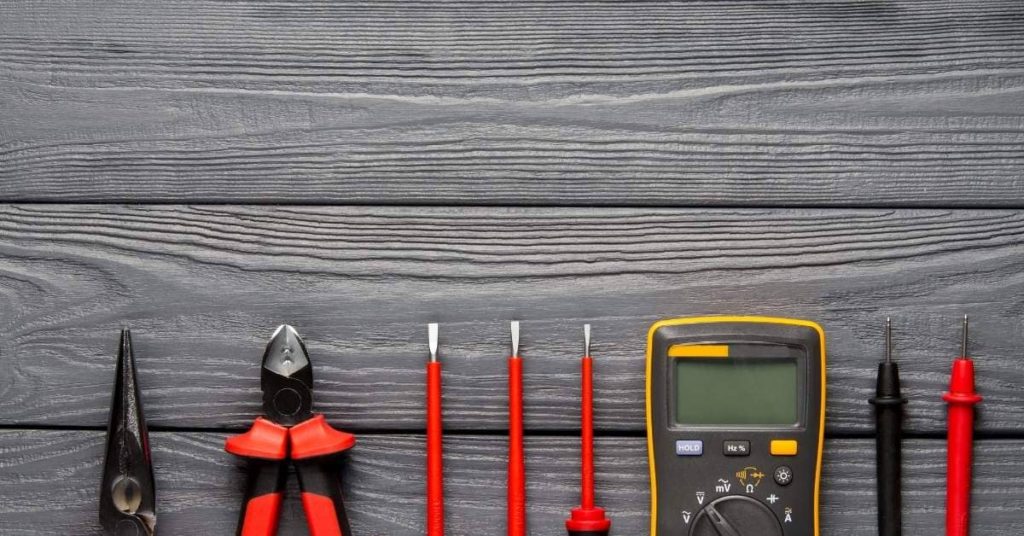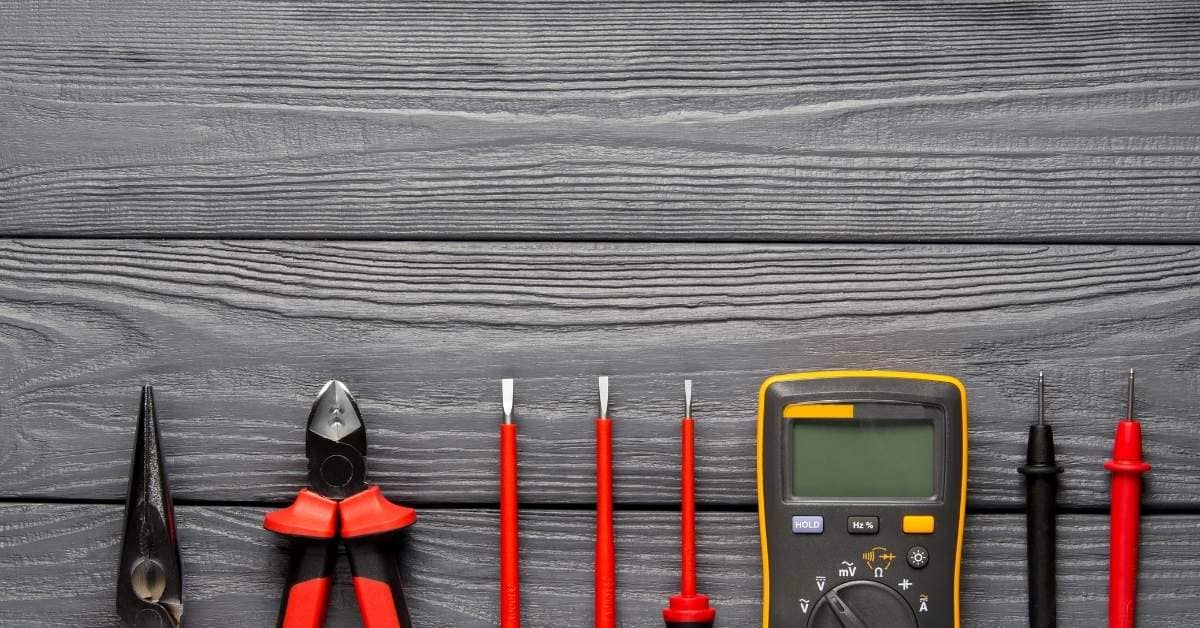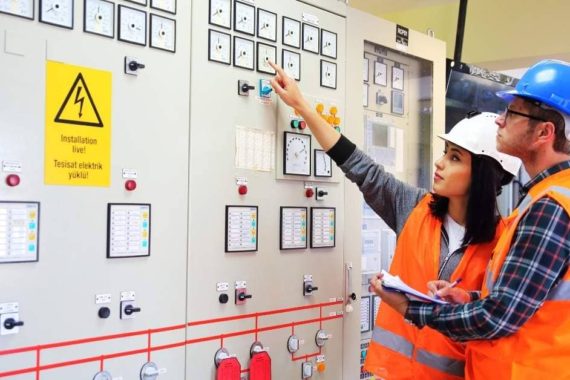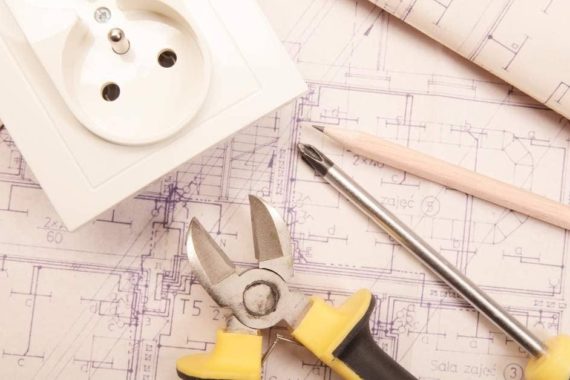
Introduction
When you’re working with electricity, safety is of the utmost importance. If you don’t understand the basics of electrical grounding and grounding equipment, you could end up shocking yourself or even electrocuting yourself!
What is Grounding?
Grounding is the process of providing a low resistance path to earth for the electrical current to flow. Grounding systems provide people with protection from electrical shock in case of failure of devices and grounding wires, which act as safety measures.
The process of grounding involves connecting one end of an electrical system’s neutral wire (aka return wire) or another non-current-carrying conductor to an earth-ground connection. This allows electric current that passes through a building or structure to flow safely into the earth away from humans and equipment, reducing the risk of shock or fire due to stray voltage.
When it comes down to it, grounding simply means that all exposed metal parts are connected together so that if any single part becomes energized by electricity, there will be no difference between its potential and the earth’s potential because they are now at equal levels inside this part’s enclosure (i.e., its electric field).
Electrical Safety
Electrical safety is for everyone. It’s not just for electricians, but for everyone in the whole family and community. You need to know about it too because you do all of those things with electricity: cooking, cleaning, heating, cooling, and entertaining. Electrical safety is important when it comes to your kids and grandchildren too, who may be tempted by dangling wires or outlets that look like fun things to play with (and they can be—but only after they’ve been properly installed).
Getting grounded means having a connection between yourself and another object called ground so that even if there are high voltages around you—you’re safe!
Shock Protection
Grounding is the best way to protect people and equipment from electrical shock.
Grounding also helps protect against damaging surges.
This is because when electrons flow through a conductor, they resist flowing back through that conductor. This means that if lightning strikes near your home or business, grounding will prevent current from traveling through the structure of your building and into you or anyone else nearby. In contrast, if there were no ground wire connecting the building’s electrical system to earth—the source of all electrons—grounding would not be possible and large amounts of voltage could be transmitted by electromagnetic induction throughout your house or office building.
Grounding Equipment
Grounding equipment is made of copper wire, which is a highly conductive metal. The wire is used to transfer an electrical current from one point to another, so it can be grounded in case something goes wrong with the equipment or there’s an electrical disturbance. Grounding equipment is lightweight and easy to transport as well as durable enough for long-term use in both commercial buildings and residential homes.
There are different kinds of grounding equipment for different situations:
- Grounding rods are helpful when you need to ground electrical systems outdoors because they can withstand the elements better than other types of grounding equipment. These rods come in different sizes depending on how much power your needs require; choose a size that fits best with your application needs (such as whether you’ll be using AC or DC).
- Ground clamps connect cables together with screw terminals so both ends share equal amounts of current flow through them at all times—even if one end gets damaged by moisture or other outside factors like dirt buildup around its edges due to its location outdoors where there’s less chance someone might accidentally walk over them while working nearby during construction projects–which makes them perfect choice when adding additional wires within existing circuits where outlets need replacing but still want keep some lights working while doing so.”
Grounding Conductors
Grounding conductors are used to connecting the neutral and ground wires together. The grounding conductor is usually a bare copper wire, but in some cases, it may be insulated or made of special materials such as aluminum or steel. Grounding conductors can be connected to any metal surface that is connected to a complete earth path, like your water pipes and gas line.
To learn more about this concept, check out our post How To Install A Ground Wire For Your Home Electrical System
Ground-Fault Circuit-Interrupters (GFCI)
A ground-fault circuit interrupter (GFCI) is a device that can be used to protect people from electric shock. It is an inexpensive and easy-to-install safety device that can save lives.
How does it work?
A GFCI senses when the current flowing through its load is not balanced, and it then interrupts power flow to prevent additional shock if a ground fault occurs. This interruption is immediate but has very little impact on the performance of appliances plugged into the outlet where a GFCI was installed.
How does it protect you?
In most situations, the only way to get shocked by electricity is if both your body and part of an electrical appliance come in contact with each other at the same instant — this creates what’s called “touch current” or “touch voltage” between them as shown in Figure 1 below:
Static Electricity Grounding in Construction
The most common way to create static electricity is through friction. Static electricity can be generated by rubbing a piece of fabric against another object, such as a carpeted floor or your clothing against itself.
It can also be created by moving electrons around in an electrical circuit, which causes an imbalance in the voltage levels and charges on different parts of the circuit. This imbalance creates the buildup of charge on an object’s surface that we call static electricity.
Static electricity becomes harmful when it builds up on human skin or other surfaces, and then gets discharged away from those surfaces into nearby objects—such as electronics like computers or televisions—which are more sensitive to being damaged by sudden surges in current than you are (though if you’re wearing metal jewelry at the time it could conduct enough current into your body for harm).
Read on to learn the basics of grounding and how to stay safe when working with electricity.
There are many types of electrical power systems, and they don’t all have grounding. However, when you’re working with electricity in the US or any country that uses a 120-volt power system, then you do need to ground your body so that you don’t get shocked.
Grounding is a safety measure designed to protect people and equipment from electrical shock or fire. If a person is standing on the ground when they come into contact with an electrical current in their body (from something like touching something that’s got an electric current running through it), then there will be two paths for that current to follow—through their body and into the earth, or through their body and back up into another piece of equipment or appliance which could cause them serious harm if it’s not properly grounded either because someone forgot about this requirement when installing it or because they didn’t think about its importance until after an accident occurred).
Conclusion
Well, we hope this article helped you understand the basics of electrical grounding. Keep in mind that there’s a lot more to know about this topic, especially if you want to work with electricity on your own. If you need help from a certified electrician, or just want to learn more about how to stay safe around electricity and conductors, contact us today!




